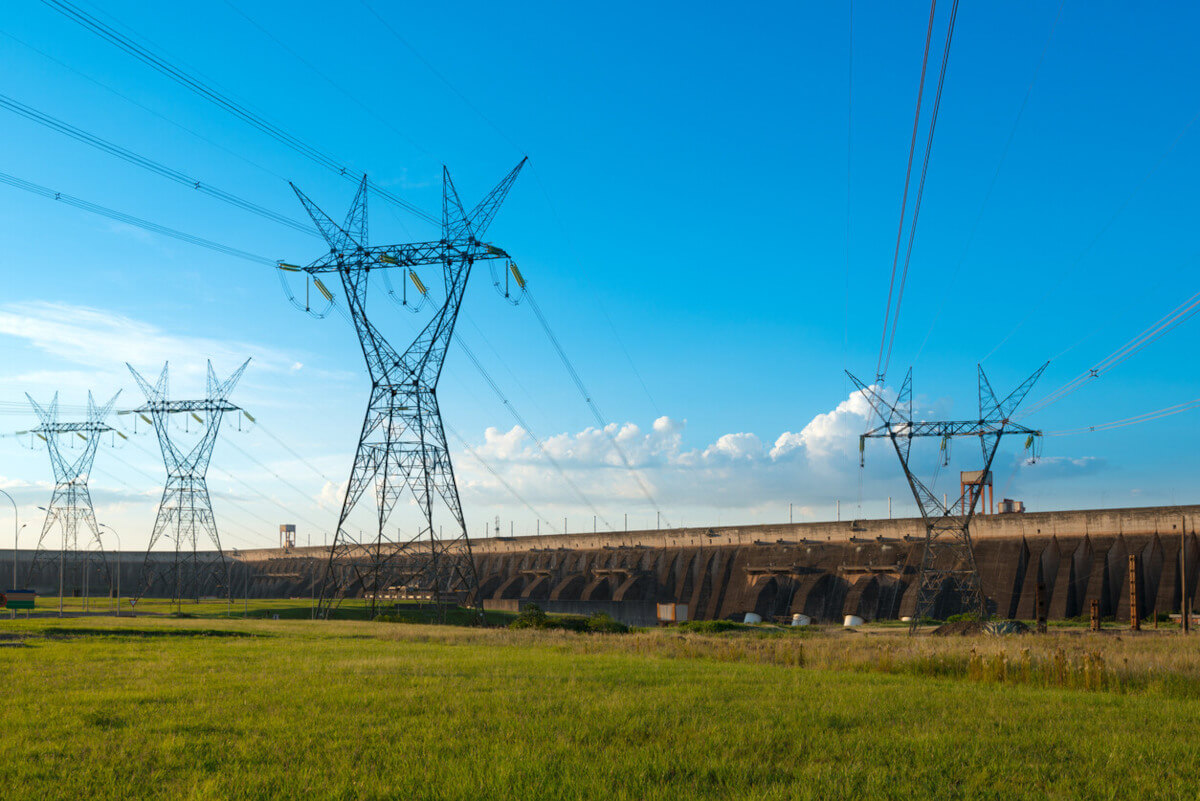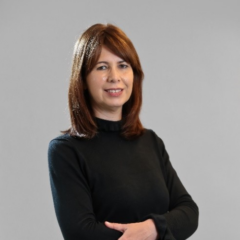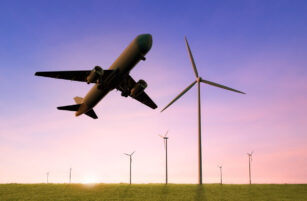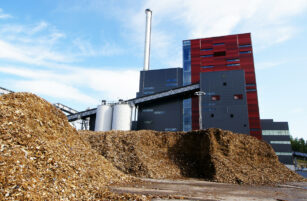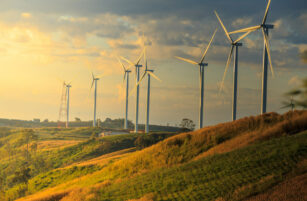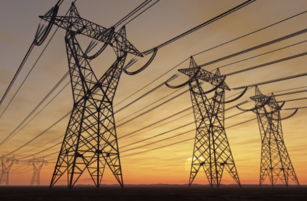Insight Focus
The free energy market offers greater flexibility. In 2024, legislation was passed that opened opportunities for small and medium-sized companies to participate, driving increased competition and options. However, this access is still exclusive to companies.
Free Energy Market Doubles in Size by 2024
The free energy market broke a record for expansion in Brazil in 2024, when 25,966 consumer units joined the system, almost double the number of 2023. This year, in January and February alone, almost 5,500 consumers migrated to the free energy market, according to the Electric Energy trading Chamber (CCEE), 46% more than in the same period last year.
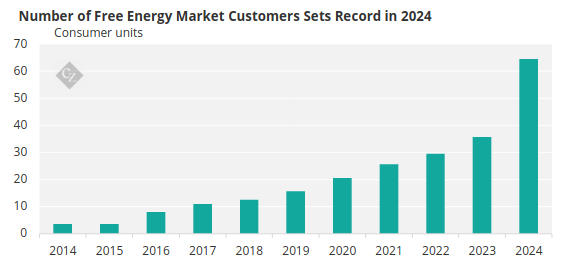
There is an easy-to-understand reason for this movement. In the free market, energy is traded freely. Consumers can evaluate different offers, compare prices and choose the most advantageous conditions. In the regulated market, rates are set by the government, and customers are not free to choose their supplier, as they are tied to the local concessionaire.
Until the end of 2023, only consumers with a demand of at least 500kW — usually large companies — could participate in the free market. As of January 1, 2024, however, this restriction was relaxed, allowing the participation of any consumer connected to medium and high voltage, where the minimum demand is usually 30kW.
As a result, small and medium-sized companies were able to migrate to the free energy market. Residential consumers, however, are still restricted to the regulated market.
“When there is an opening for all consumers, as expected, this market will gain massive scale,” says Rodrigo Ferreira, executive president of Brazilian Association of Energy Traders (Abraceel), in an interview with the CZ App.
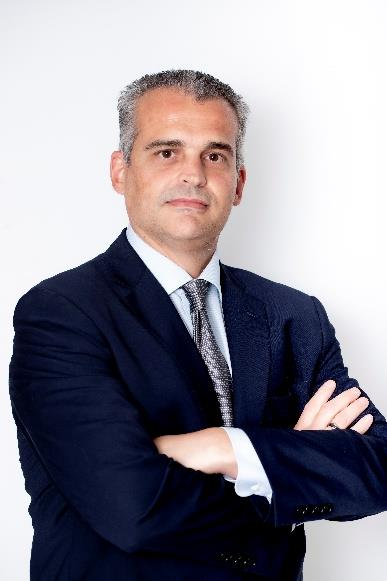
Rodrigo Ferreira. Picture: Abraceel
Why did the free energy market grow 64% last year and what are the forecasts for 2025?
The market is undergoing a transformation, so it is difficult to make predictions. Until January 2024, only companies with a demand of more than 500kW could migrate to the free energy market. We are talking about companies with monthly energy bills of more than BRL 150,000 (USD 26,200).
Since January 2024, small and medium-sized companies with lower energy demand and spending around BRL 9,000 or more per month on their electricity bills have been entitled to migrate to the free energy market. As a result, the number of companies in this mode has increased significantly.
It is no surprise that most users of the free energy market are in the Southeast, which is where most industrial production happens in Brazil.
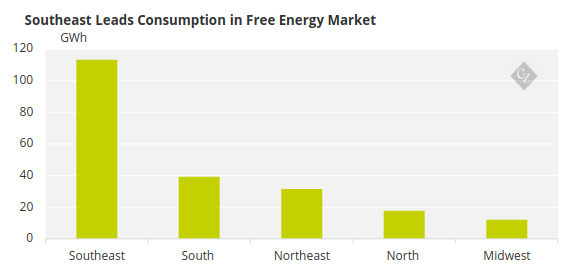
Source: EPE
What does this increase demonstrate?
It demonstrates the consumer’s desire to have the freedom to choose their energy provider and negotiate with the retailer. This year, we should see similar movement to what occurred in 2024, with a significant number of companies migrating to the free energy market.
When the market is opened to all consumers, including residential ones, this market will gain massive scale. We would potentially have 90 million consumer units in the free energy market.
Is there even an economic advantage for companies in being able to choose their own energy supplier?
Yes. The price difference, compared to the captive market, where customers cannot choose their energy supplier and contracts are defined by operators, can reach 25% or 30%, which is significant.
In the free market, it is possible to negotiate prices, obtain budget forecasts and choose energy sources, among other benefits.
Much of the renewable energy produced in Brazil is sold on the free energy market. Why is there such a high demand for renewable energy on the free market?
The free market is the main driver of renewable energy production in Brazil. When consumers can choose their energy source, as happens in the free market, they prefer the cheapest energy. Today, renewable energy sources are the most competitive, including hydroelectric power. And there is also the ESG issue of investing in solar and wind energy, for example, to support sustainability.
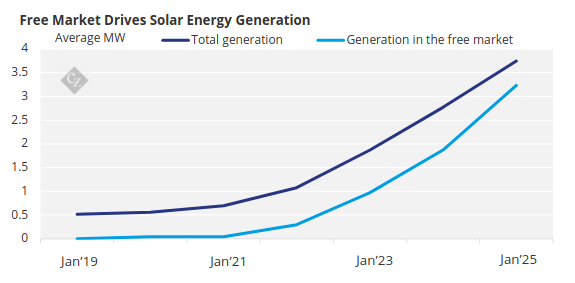
In the free market, is it possible to create a mix of the type of energy contracted?
Yes, the energy trader can offer a mixture that includes more than one type of energy. Consumers who are in the free market hire an energy trader. The role of this entity is precisely to create this energy mix.
The trader manages the risks inherent to the electricity sector and puts together an attractive energy portfolio for the customer. This includes everything from price conditions to issues related to the seasonality of the supply of various energy sources.
What are Abraceel’s expectations regarding the opening of the energy market to all consumers, including residential ones?
The government has said that this will happen by 2030. The market is ready for full opening. Both the government and Congress can move forward with this.
Senator Marcos Rogerio, head of the Senate’s infrastructure committee, said he will work to pass bill 424/2021, which modernizes the electricity sector. This regulation includes opening the energy market to all consumers. This is a political decision as there are no technical difficulties or structural changes that require these changes. The government, supported by law 9074 of 1975, can even determine the opening of the market through a presidential decree.
What would be the benefits of fully opening the energy market?
When you buy a product that you always use at a lower price, you use the money left over to invest in other things. This is money that goes back into the economy. This is what will happen with the opening of the energy market.
Competition between companies is vital to increasing efficiency, benefiting the consumer. Today, residential consumers are forced to buy energy from a specific supplier.
With the complete opening of the market, residential consumers would have several options of suppliers, all of whom would compete for customers.
In other countries that have already liberalised the market, there are websites for comparing energy suppliers with conditions such as fixed prices for a few years, prices adjusted by a specific indicator and energy associated with other products, such as gas.
Can there also be discounts for the purchase of other energy-related products?
Yes, in some countries there is a discount on the purchase of fuel, for example. The consumer can also authorise the supplier to manage their daily energy consumption. This even allows the customer to supply energy to the grid, which can earn the consumer money.
This is the business model of energy transition. The consumer goes from a passive position to a leading role in the energy market. This is what we are looking for.
